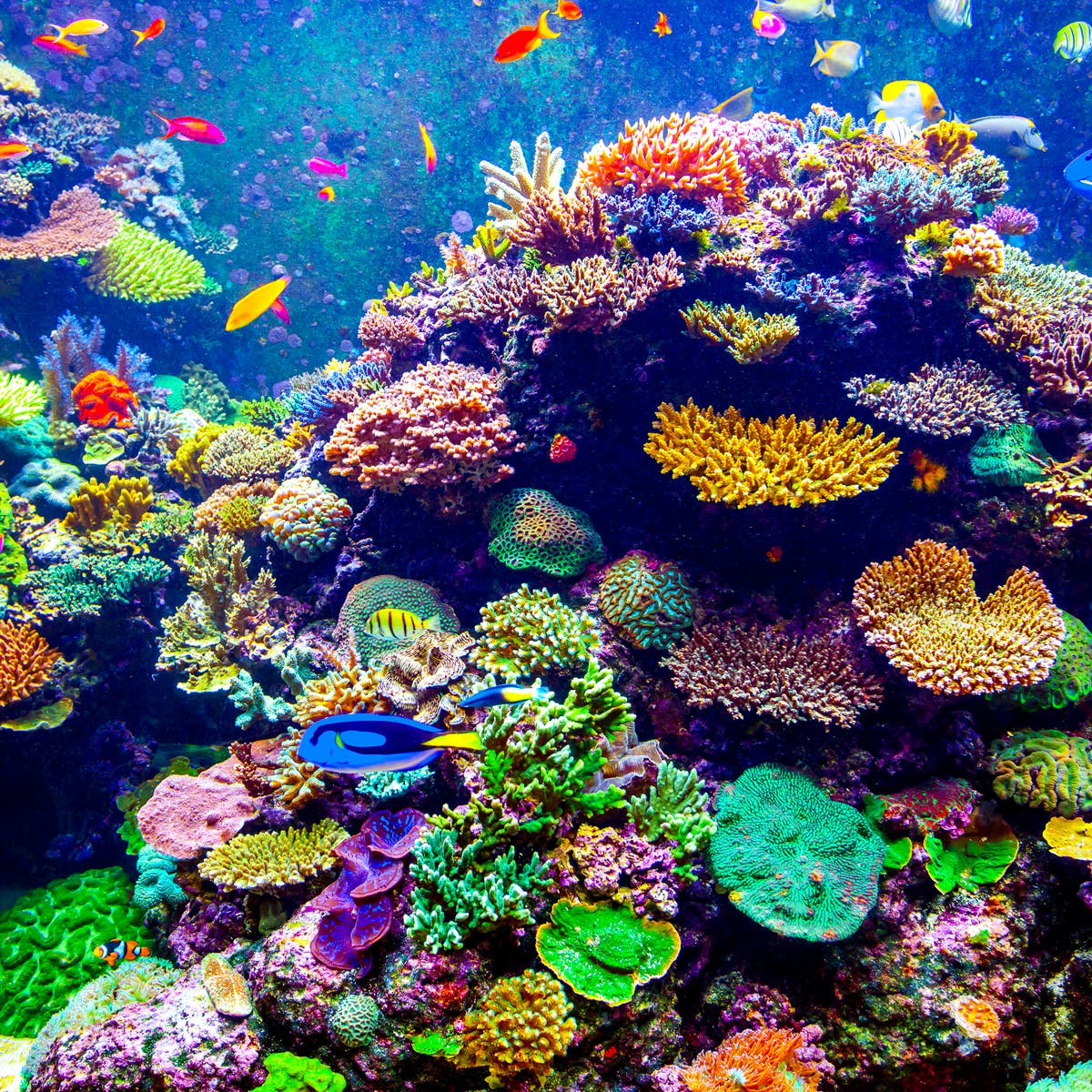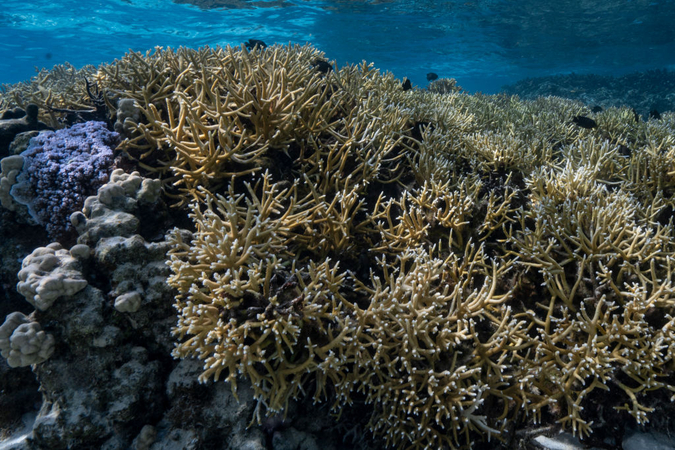The Future of The Ocean




1/4 of the sea life population lives in the coral reefs but in the past 30 years over 50% of the coral reefs have died. There is still ways to save the coral. Science has played a big roll in saving the coral so far. Scientist have been going to coral that is still alive and cutting a small piece of coral and grow it in an under water coral farm. When the coral gets to a good size they take it and put it onto a coral reef and hope that it takes hold and rejuvenate the past coral. So then they have a new coral reef that can create habitats for many under water creatures. But you don't have to be a scientist to help this cause you can help by helping stop pollution around the world that not only harms the reefs but that harms the earth as a whole. All you have to do is cut back on plastics, recycle, and car pool that will help stop global warming. Global warming is also a something that destroys the coral reefs.
Not only are we destroying an ecosystem we are destroying some peoples way of life. Altogether, coral reefs comprise an area of almost 300 000 km² and are estimated to have an economic value of US$100 000 - 600 000 per km², thus providing one of the most high-value ecosystems. Fisheries and tourism will be deeply affected by this if it if it procedes to happen. Coral reefs are one of the most complex ecosystems ever for fisheries coral reefs attract fish for then to catch fish. Even this though is a problem fishers are over fishing they are causing many fish to almost be put on the extinction list. Tourism also causes a problem it adds to pollution in every way. Y new people visting often they bring pollution from cars and many other things. We as humans that inhabited this earth have to take care of the things that were here before we existed these coral reefs have existed for more then 400 million years!
What is really happening to the coral is it is becoming bleached and once becoming "bleached" it may spred and cause a "die-off". Coral becomes bleached by being starved from its primary food source. Coral gets its nutrients from alge called Symbiodinium, which literally lives inside the coral polyp’s body and feeds it nutrients produced through photosynthesis. It is a strange relationship because algae is a plant the coral polyp is an animal, one that turns calcium carbonate in seawater into hard skeletons, which pile up by the millions to form reefs on oceans around the world. So corals are a combination of plants, animals, and rocks, none of which would be there without the other two.
Coral is not only good for tourism and fishing but can actually save lifes. Coral provides medicine form many people. Some of it is revolutionary like a sea slug that lives on coral is an important cancer ingredient in certain cancer-fighting compounds. Scientist estimate that we are 300 to 400 times more likely to find a new drug on coral reef ecosystems then land based ones. Coral reefs are sometimes considered the medicine cabinets of the 21st century. Coral reef plants and animals are important sources of new medicines being developed to treat cancer, arthritis, human bacterial infections, Alzheimer’s disease, heart disease, viruses, and other diseases.
Click Here to Help Save our Coral Reefs
Click Here to Help Save our Coral Reefs
Click Here to Help Save our Coral Reefs
Sadly the coral in the ocean is not the only problem we have caused but the ocean it's self is at stake. We have polluted our ocean to the point that we are almost at the point of no return. The main pollutions that are harming the oceans with are chemical pollution and plastic pollution. These pollutions cause animals and plants in the ocean to die because it's chemicals or of it just being their.
Two thirds of all aquatic life is considered to be endangered from improperly disposed chemicals and other waste. Chemicals can be very dangerious to any or all aquatic animals. Once the chemicals are pored into the body of water you may think they are out of mind but as soon as it rains the chemicals are transported all around seeing as our world is made out of 71% of water. When a toxic waste harms one organism, it can end up destroying an entire food chain of aquatic life. Improperly disposed chemicals pollute marine life and kills sea mammals, corals, and fish. At the same time, sea birds are affected because they eat the fish. In a matter of fact, any organism that digests affected marine life can have adverse effects. By chemicals entering the ocean it does not only put out aqatic life at risk it puts us at risk as well. Just look at what happened to the man in China in 2014, who's body was riddled with tapeworms from eating contaminated sashimi. Along with that you are more likely to get genetic mutations, diseases, birth defects, and several other deleterious effects of improper certified product destruction. We are polluting the ocean but we are also polluting our selfs.
Plastics pollution is not only bad for the ocean but it is bad for the animals inside of it. Most marine debris comes from trash and debris in urban runoff witch is about 80%. Food containers and packaging are the largest waist stream into the ocean (80 million tons or 31.7%). Plastics in the ocean out number the oceans plankton on the ocean surface 6:1. In the ocean, plastic debris injures and kills fish, seabirds and marine mammals. Marine plastic pollution has impacted at least 267 species worldwide, including 86% of all sea turtle species, 44% of all seabird species and 43% of all marine mammal species. The impacts include fatalities as a result of ingestion, starvation, suffocation, infection, drowning, and entanglement. Birds that fly over the ocean are attracted to floating plastic bag ofr any other plastics they think it is a food source and they end up getting sick and possibly even dying. We need to save these animals that we did this to and help our ocean by clicking any of the links below you can find out great ways to help our ocean.
Click Here to Help Save the Ocean
Click Here to Help Save the Ocean
Click Here to Help Save the Ocean
Controls: right arrow = forward, left arrow = back, up arrow = up, down arrow = down. The goal of the game is to retrieve all the coral and put it in its rightful place.
Created by LP